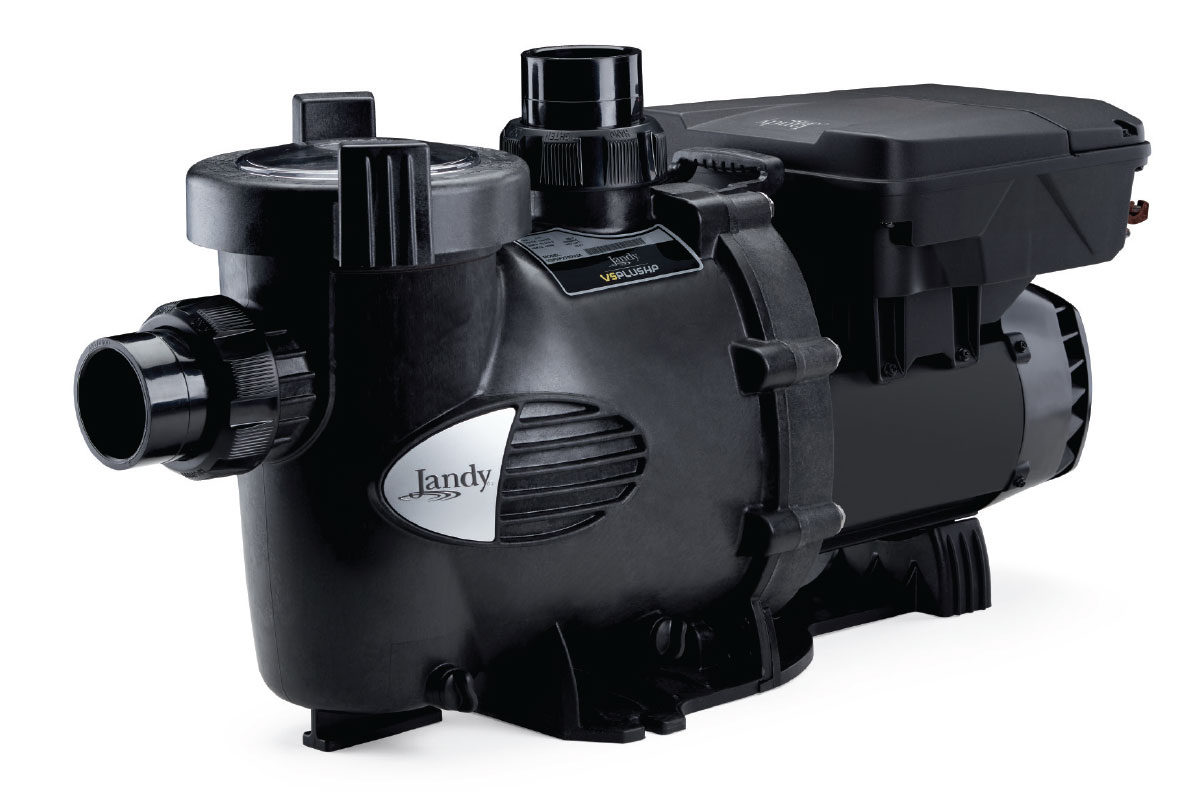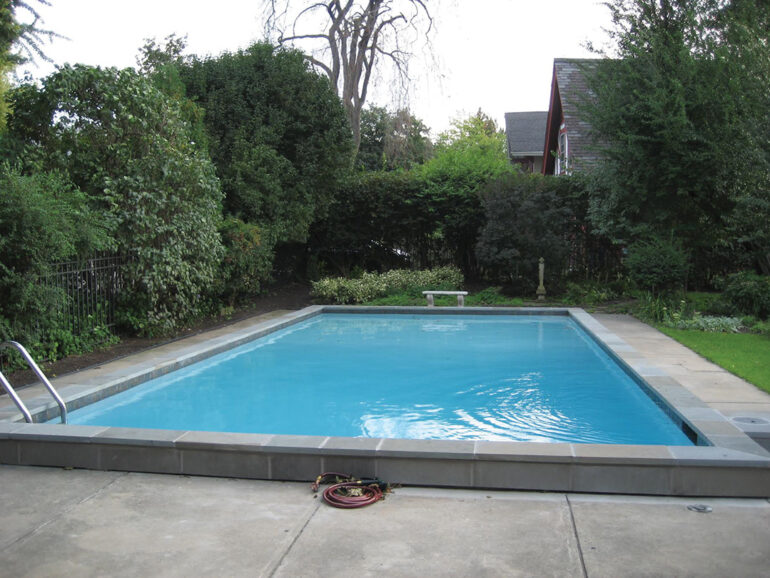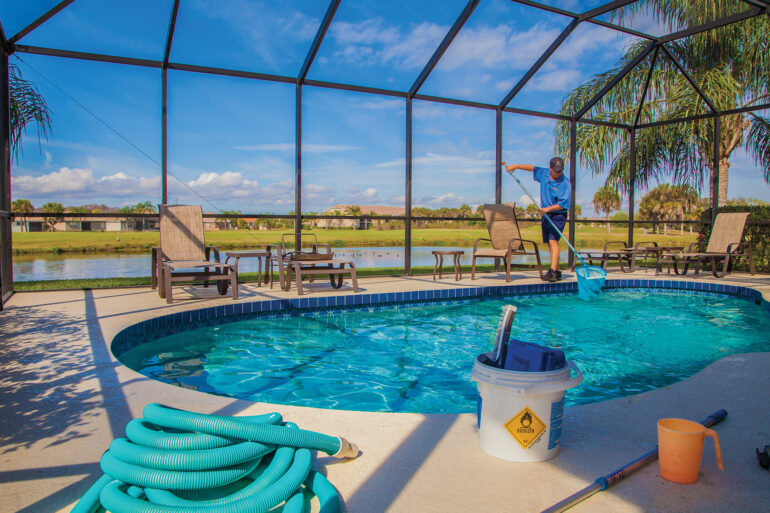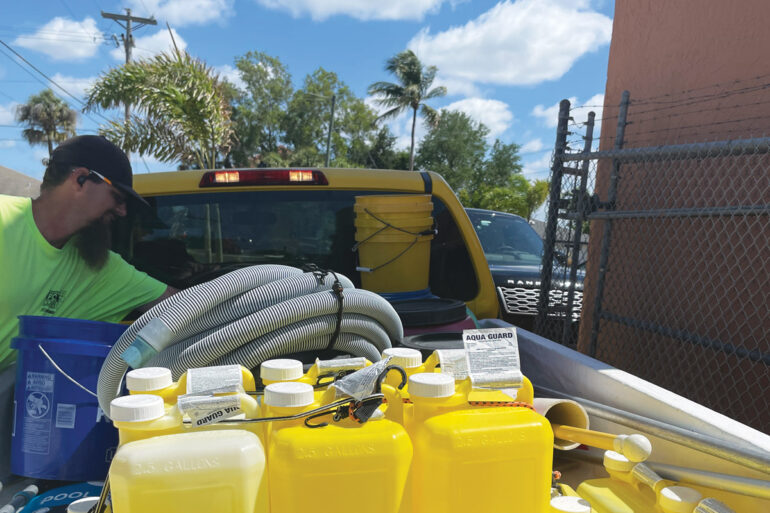It’s a Cubic Function

Let’s talk physics, shall we? • The affinity laws tell us a whole bunch about motors, pumps and fans. If you didn’t adore science class, you likely found them in textbooks flanked by daunting terminology like “nominal speed,” “shaft power” and “volumetric flow rate.” But even with poor marks in high school physics, if you sell swimming pool products, you should know that affinity laws can save your customers money.
“Tremendous, tremendous energy savings,” says Zack Pickard, Pentair Pumps product manager, “on the order of hundreds or even thousands of watts.”
And it’s about time.
The technology that makes these savings possible has existed for more than 50 years. It’s prevented journeys from hotel rooms to lobbies from resulting in crumpled heaps of elevator steel and human limbs. It’s allowed conveyor belts to move at the same speed no matter the weight of the load they’re bearing. And since the 1990s, it’s existed seemingly everywhere — except the pool industry.
“I think it was complexity and cost,” Pickard says.
Pentair was the first manufacturer to bring variable-speed technology to the marketplace. Ignoring the glut of variables, the idea behind the advancement is simple: When you decrease the speed of a motor, the amount of energy the motor needs to turn declines.
And not just a little bit.
“It comes down to physics,” says Scott Petty, products manager of pumps and above-ground equipment for Hayward Pool.
The affinity laws call this a cubic function. So, if a motor’s speed decreases by half, the motor uses one-eighth the power.
Thus, a motor that can run at more than two speeds and tailor its speed to the situation allows for significant energy savings. Stick that motor in a swimming pool pump and the pool owner can cut his energy costs by up to 90 percent.
“It truly has been a game-changer for everybody from homeowners and dealers to distributors and manufacturers,” Petty says.
So, the technology’s awesome, but it still took 50-plus years for the pool industry to adopt it. Jeff Farlow, Pentair’s manager of energy initiatives, chalks that up to an industry focus on one-time purchase costs instead of operation expenditures. The industry just didn’t see a way to utilize variable-speed technology in a way it deemed affordable to the homeowner.
Roughly seven years ago, Pentair changed that, manufacturing its first variable-speed pumps and, its leaders believe, sparking a shift in industry thinking.
“We had a very innovative product manager for pumps named Rob Stiles, who was [Pickard’s] predecessor,” Farlow says. “He came to the pool industry from the pump industry.”
“It’s differentiated us from our competitors,” Pickard says. “It makes customers ask: What else do you have?”
But the mere manufacturing of the first variable-speed pumps fails to explain the technology’s relatively speedy
proliferation in the industry. For that, much of the credit belongs to the utility companies.
“California now has 1.5 million swimming pools,” Farlow says. “If all those filter pumps are running at the same time, that’s six medium-size power plants just in the state of California dedicated to pool pumps. That’s a huge impact on the grid.”
Ah, yes. The grid.
Utility companies are funny: The more electricity they sell, the more money they make. But they can only produce so much electricity within their current infrastructure. Because building a new power plant costs a lot of money (and is often a political headache), it actually becomes more profitable to sell less electricity.
“It’s helpful for these power companies to give things to their customers so the base-load on their grid is lower,” Pickard says.
And that’s just what California did. First, it offered rebates for using a multiple-speed pump. Then, it required the installment of variable-speed pumps on all new-builds and replacements.
“Sometimes the pool pump is the largest electrical load in your house,” Farlow says. “Even some home-energy professionals aren’t aware. Most are focused on the envelope of your home without thinking about what’s outside.”
The benefits of variable-speed technology may so far seem obvious, but its overdue arrival in the pool industry has translated to neither a complete physical conversion of hardware nor a total shift in industry dogma.
“Despite everything, single-speeds are still the most popular pump in the market just because there are 5.1 million pools out there, and up until five or six years ago they all had single-speed pumps,” Petty says.
It seems you can lead a pool owner to a more efficient pump, but without utility incentives or state requirements, you can’t make him upgrade.
“People are usually looking to replace like for like,” Petty says, “and the truth is, in many parts of the country, incentives and requirements don’t yet exist.”
According to Petty, Hayward’s EcoStar pump boasts a hydraulic design that moves water more efficiently than any other pump in the industry. But even those credentials require some pitching.
Variable-speed pumps ask dealers — many boasting 30 years of single-speed installation experience — to master a whole new set of installment and operation skills. They then ask pool owners to spend twice as much in that dealer’s store.
“IntelliFlo is a unique value proposition,” Pickard says of Pentair’s variable-speed pump. “I would tell a prospective IntelliFlo buyer: You can buy a cheaper pool pump, but it will end up costing you a lot more in the long run.”
The rate of payback varies based on utility costs, but Pickard says Pentair’s variable-speed models often pay for themselves within the first year.
“I’m a skeptical person in my personal life,” he says. “I’d be like, ‘Come on. There has to be a catch.’ But the truth of it is, there is no catch. If anything, there are side benefits that are almost as good or compelling.”
A lower velocity of water places less stress on the equipment, leading variable-speed pumps to last longer. It also means the unit makes less noise.
“Quieter is a huge unintended benefit of this,” Farlow says. “It’s hard to sell that on the front end, but once it’s installed, you’re like, ‘Oh, my gosh.’ You get some of these homes with small lots, and often the only place to put your equipment panel is under your bedroom window.”
Pentair’s variable-speed pumps also feature freeze protection and can shut themselves off in the event of an electrical surge.
“It’s almost a self-aware system,” Pickard says.
The Skynet of the pool industry seems destined to creep into every nook and cranny of the industry. Petty predicts one day we’ll see variable-speed pumps overtake their single-speed predecessors. Farlow estimates the number of utility rebates multiplied more than five times in the last six years. And Pickard compares Pentair’s variable-speed technology to Toyota’s Prius, forecasting a similar expansion into different models.
“I think I see variable-speed kind of migrating into all the different little niches in our product line,” Pickard says.
Both Pentair and Hayward offer savings calculators on their websites. For dealers and installers anxious to demonstrate those individualized figures in the field, Hayward even offers a smartphone app — no physics required.





